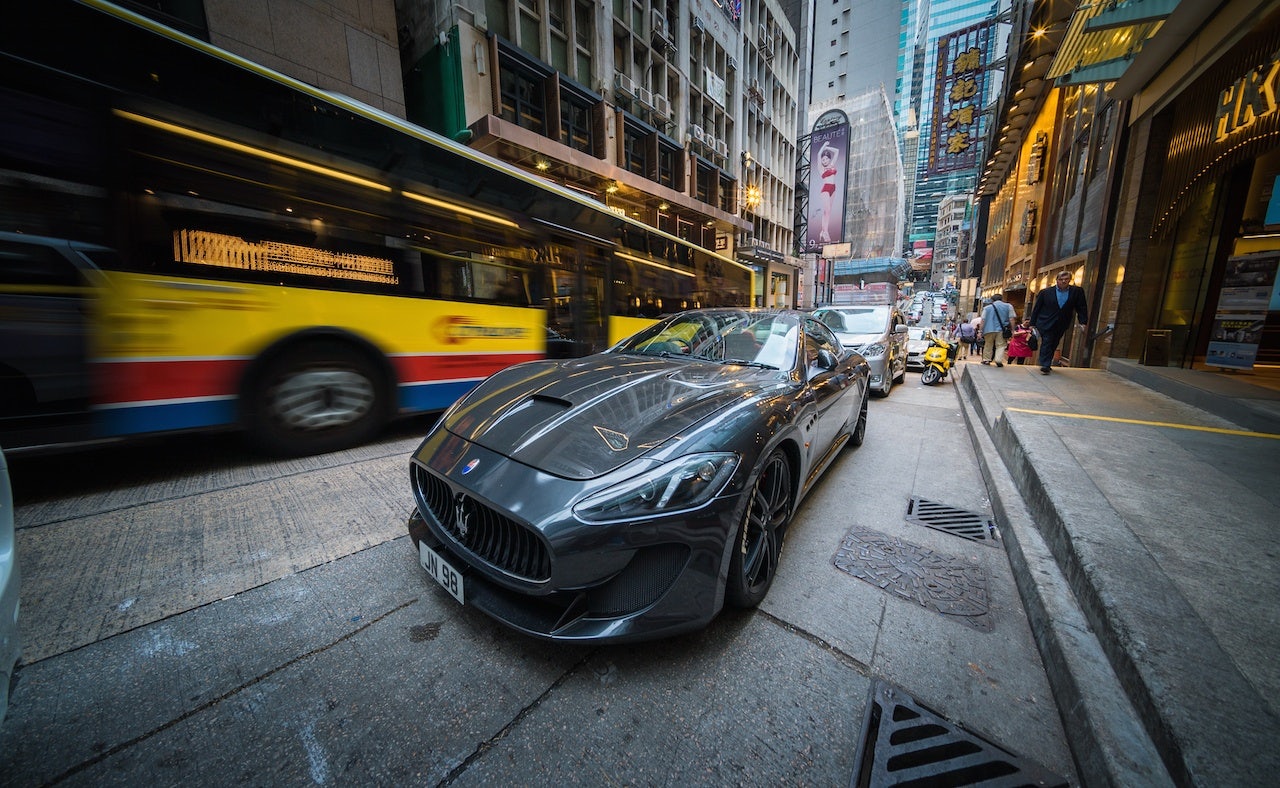The payment landscape in China is experiencing a disruptive period as two dominant mobile payment players, WeChat Pay and Alipay, have both gained impressive growth in recent years thanks to the boom in mobile internet and mobile e-commerce. However, the question remains if these platforms are in fact able to shake up the luxury retail industry. According to the Asian Financial Review (AFR), Chinese government-backed UnionPay has a competitive edge when it comes to purchasing luxury goods on mobile.
McCarroll Maserati marketing specialist Lerina Lam told AFR on October 8 that many Chinese consumers have purchased the luxury auto brand's pricey cars, which cost onwards of 100,000, with a single swipe of UnionPay credit and debit cards in Australia.
Many of these buyers are international students and resident business executives between the age of 25 and 45. By enabling UnionPay and supporting large and one-time payments, the luxury car dealership shop has seen a 20 percent increase in sales in recent years due to the ease of mobile payments.
The Japanese premium auto brand Lexus of Sutherland also benefits from UnionPay, seeing a 50 percent rate of growth since implementing the platform. AFR reported that the highest value of a one-time payment transacted by UnionPay was 850,000 in jewelry purchased in Australia.
Founded 15 years ago, UnionPay is China’s answer to Visa and MasterCard. Operating under the approval of the People's Bank of China, China's central bank, UnionPay has quickly become the world’s largest payment card company based on the number of cards it has issued. According to a report from the London-based payments consulting firm RBR, UnionPay occupied 37 percent of the 21.6 trillion global payments market in 2015.
Furthermore, UnionPay becomes an alternative solution for Chinese buyers looking to get around the spending cap of 50,000 a year. This spending cap is set mainly to restrict property acquisitions, not retail products, thus allowing Chinese luxury buyers to spend big on luxury goods such as Maserati cars.
Despite Alipay and WeChat Pay's popularity in China, the Chinese government has set clear rules on the country's third-party mobile payment: users can only spend 5,000 yuan (754) per day, and 200 yuan (30) per day for QR code-enabled payment. The regulation comes as a barrier for luxury spending, which raises questions on how luxury consumers can settle payments on WeChat if their purchases exceed that amount.
As a result, UnionPay has an apparent competitive advantage against mobile payment apps. As long as users of UnionPay report their spending that goes above 1,000 yuan to the Chinese government, they can spend as much as they want per transaction.
WeChat has become luxury brands' new sales channel. Earlier this year, the French luxury brand Longchamp and the British fashion powerhouse Burberry have both started to sell handbags and clothes on WeChat. French luxury brand Givenchy achieved a highly impressive sales record during this past Valentine's Day, selling handbags worth 1.2 million yuan in less than 12 minutes.
However, the spending cap policy has decreased the transactional value of WeChat, making it less likely for luxury brands to use the app to generate a steady revenue stream.
Alipay and WeChat Pay are, nonetheless, still highly popular for small payments. For example, Alipay's users spent 2,921 on average per month in 2015. During the same period, WeChat Pay saw users' average spending level stagnant 568, and this number grew to 1,526 in 2016.


